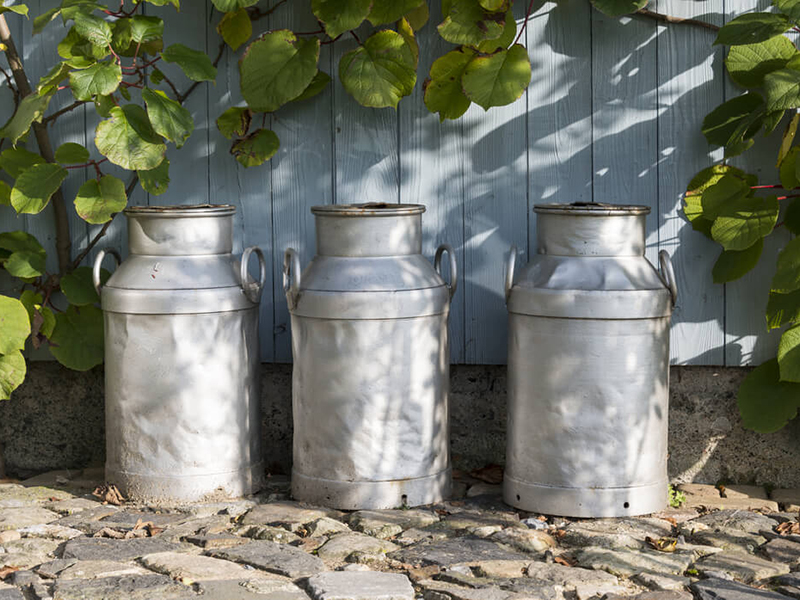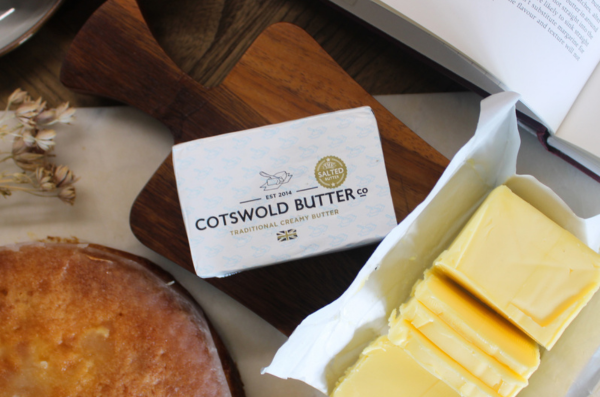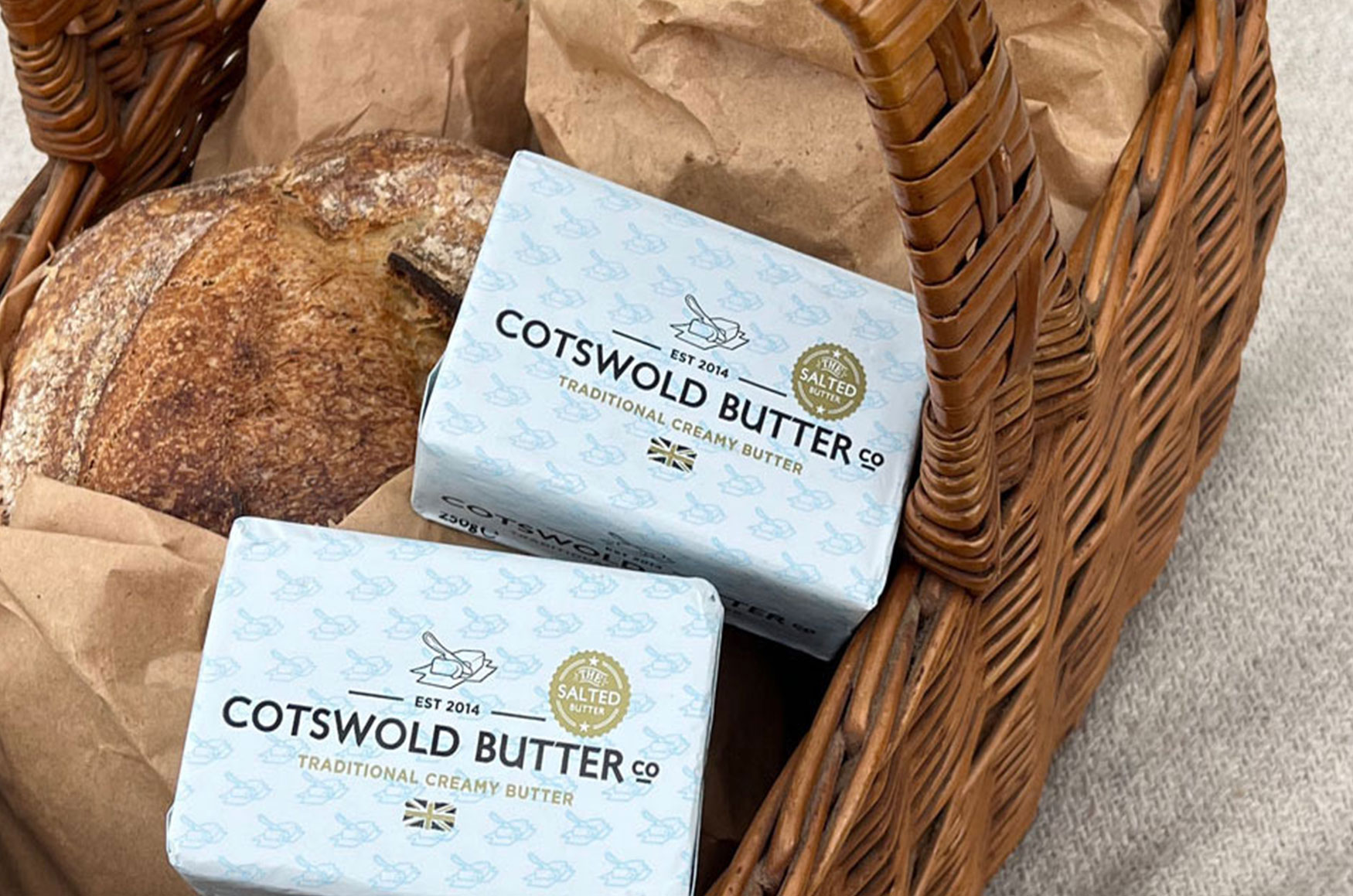Preserving the Craft: The Timeless Traditions of Making Butter
In a world filled with modern conveniences, there is something truly magical about the traditions of making butter. Passed down through generations, these time-honored practices connect us to our culinary heritage, reminding us of simpler times and the artistry involved in creating this beloved staple. In this blog post, we delve into the traditions of making butter and celebrate the craftsmanship behind this timeless culinary delight.
The Simplicity of Churning:
At the heart of butter making lies the age-old practice of churning. Whether done by hand or using traditional churns, the process involves transforming cream into butter through the magical alchemy of agitation. This rhythmic motion mimics the gentle movement of waves, coaxing the fat globules to separate from the buttermilk and form the rich, golden butter we know and love.
Locally Sourced Cream:
Traditionally, butter making starts with the finest quality cream, often sourced from local farms. The cream’s flavor and texture vary based on the diet and breed of the cows, the season, and the unique characteristics of the region. Supporting local dairy farmers not only ensures the freshest cream but also fosters a sense of community and sustainability.
Patience and Skill:
Crafting butter requires patience and skill. From the careful selection of cream to the ideal temperature control during churning, experienced artisans understand the nuances of the process. They know when to stop churning, recognizing the subtle changes in the consistency and sound that indicate butter has formed. This artisanal touch results in butter with exceptional texture and flavor.
Handcrafting with Love:
In many traditional butter-making methods, hands play an essential role. Handcrafted butter involves working the freshly churned butter to remove excess buttermilk and shape it into desired forms. The warmth of the hands helps meld the fat, creating a silky-smooth texture. This personal touch infuses the butter with an added element of care and attention.
Embracing Regional Variations:
Across different cultures and regions, unique variations of butter-making traditions emerge. Whether it’s the cultured butter of France, the ghee of India, or the rich, golden butter of the Cotswolds, each tradition brings its own distinctive flavors and techniques. Exploring these regional variations allows us to appreciate the diversity of butter and its place within culinary traditions worldwide.






